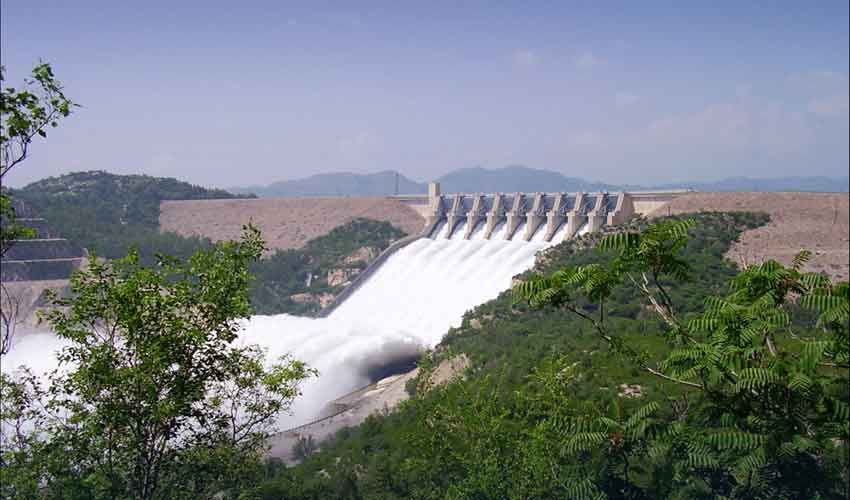In a significant development in Pakistan’s water and power sectors, the Tarbela Dam has been filled to its maximum capacity, with the water level reaching 1550 feet This marks the second year the dam has been fully filled, storing more than 5.8 million acre-feet (MAF) of water.
The Water and Power Development Authority (WAPDA) has informed that there is no room for additional water storage as the dam has now developed its full capacity. Consequently, inlet gates have been opened to deal with the flow. WAPDA is expected to make an official announcement on the status of the dam later today.
For the second consecutive year, the completion of the Tarbela Dam has been hailed as a major success especially in the field of agriculture and energy The stored water will be used for irrigation throughout the country, ensuring that agriculture goes has been unhindered in the times to come.
Additionally, the dam will continue to generate hydroelectric power, contributing to the stability of the country’s grid. On the other hand, in the last 10 years, Pakistan’s oil and gas production has declined sharply rather than expected growth, a situation attributed to political instability, security concerns and lack of funds invest in constant research and development For the reasons stated above, large deposits have not been discovered in the last decade.
According to data provided by Pakistan Petroleum Information Service (PPIS), the country’s crude oil production has declined sharply since 2015. At that time, oil production stood at 94,500 barrels per day but by 2024 it had dropped to only 70,500 barrels per day. This represents a remarkable decline in oil production of 24,000 barrels per day over the past decade.





